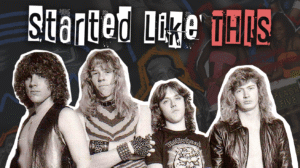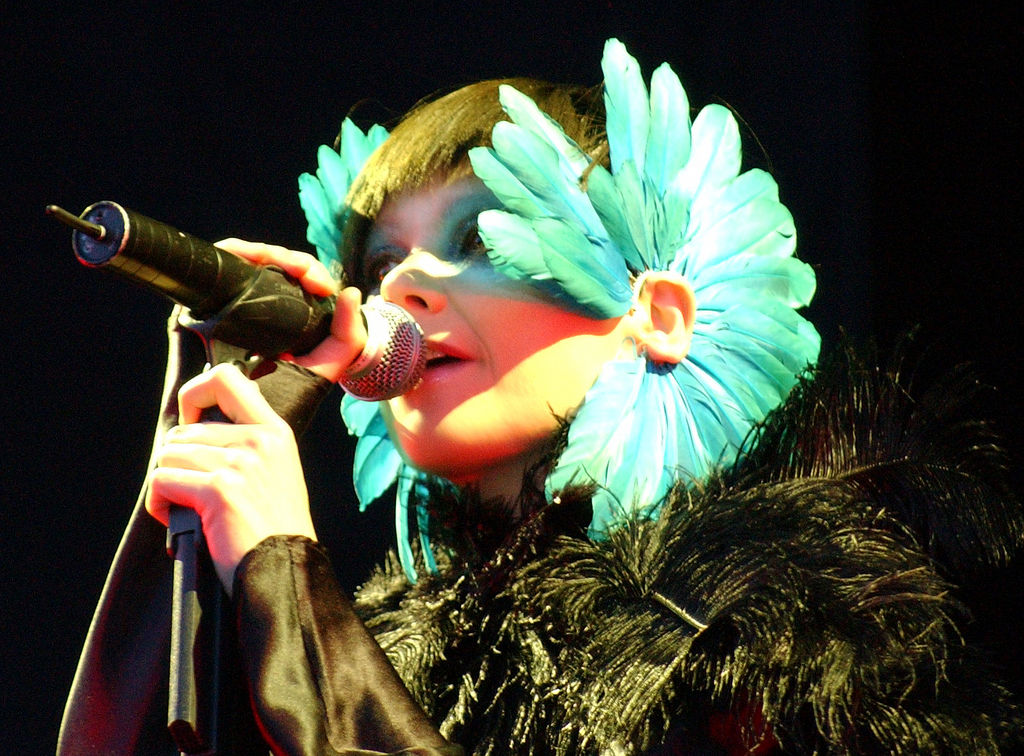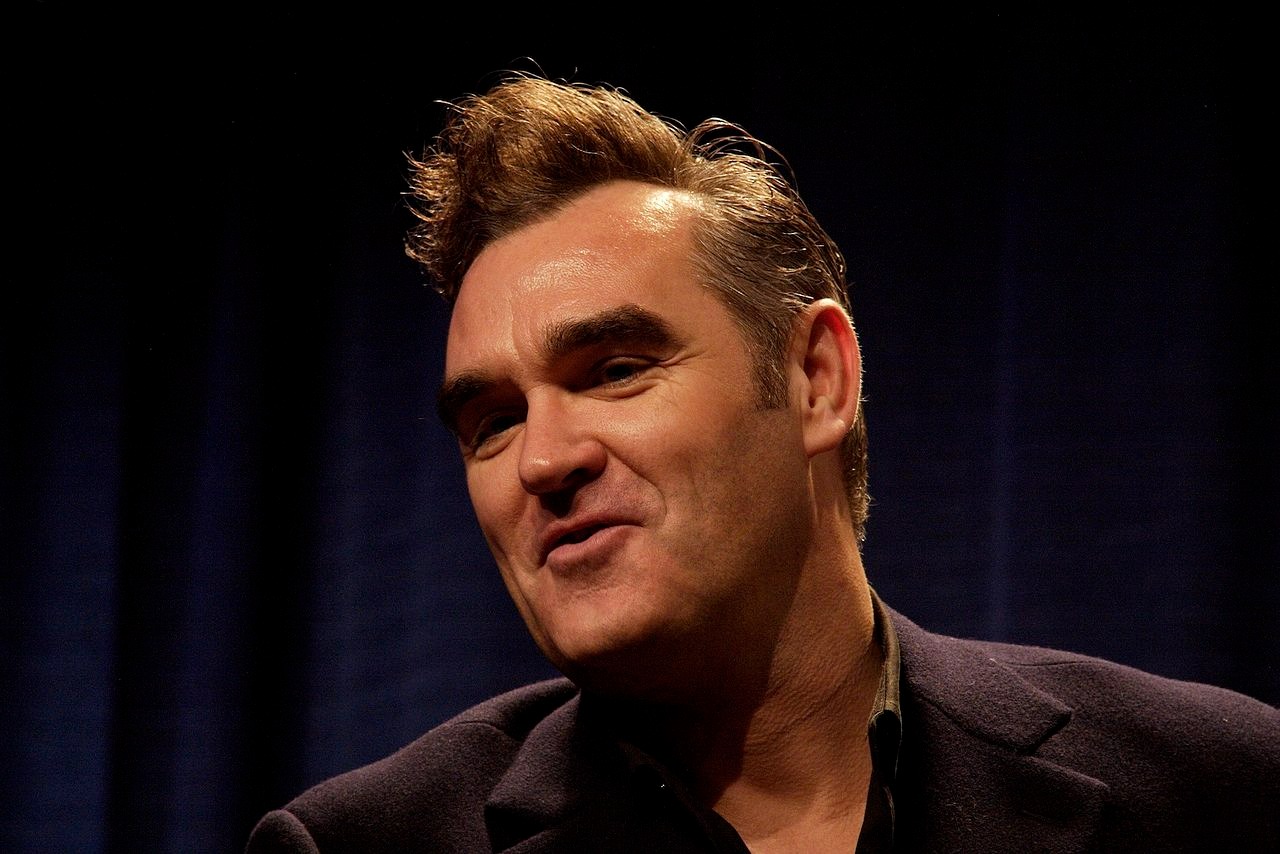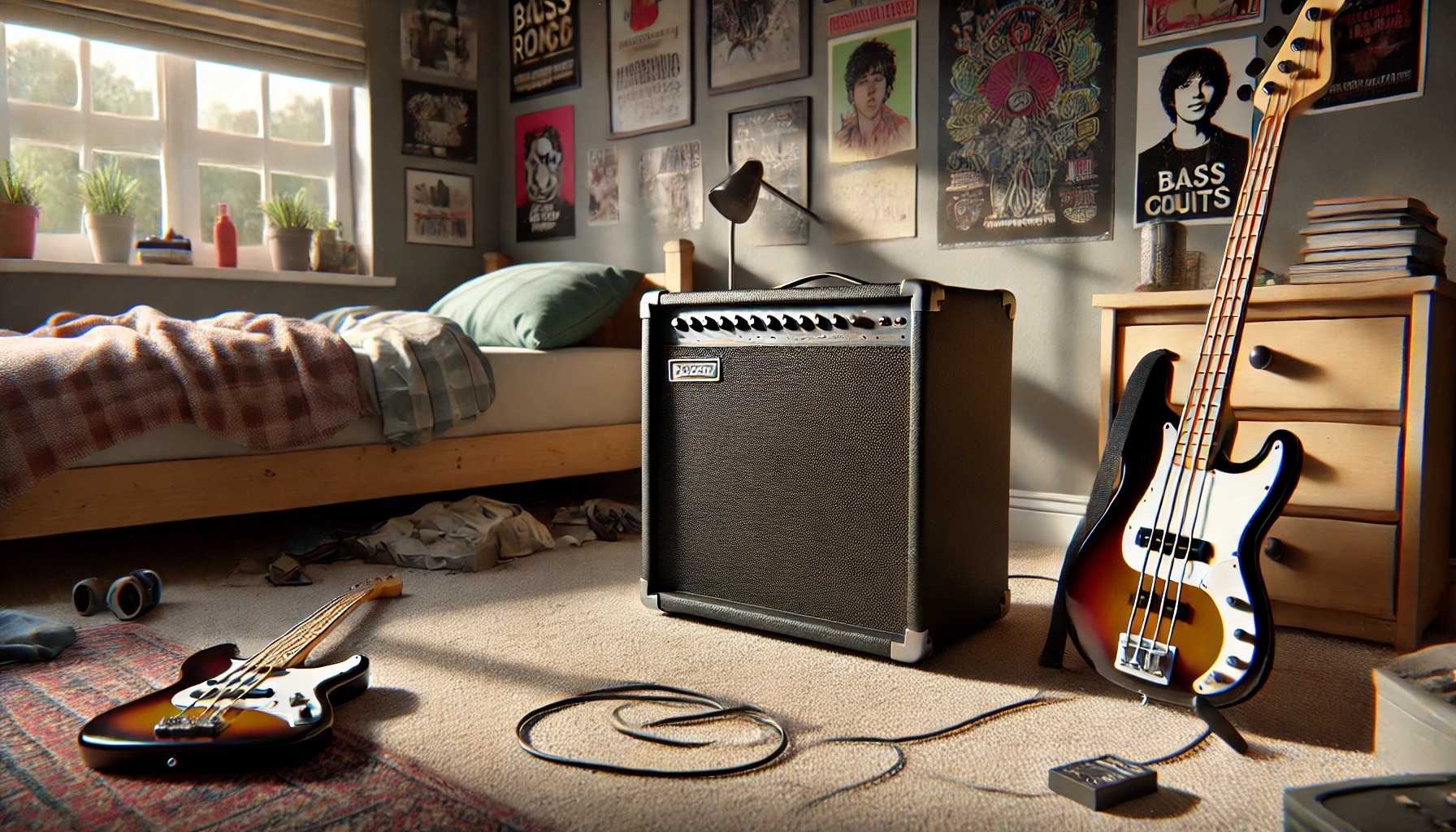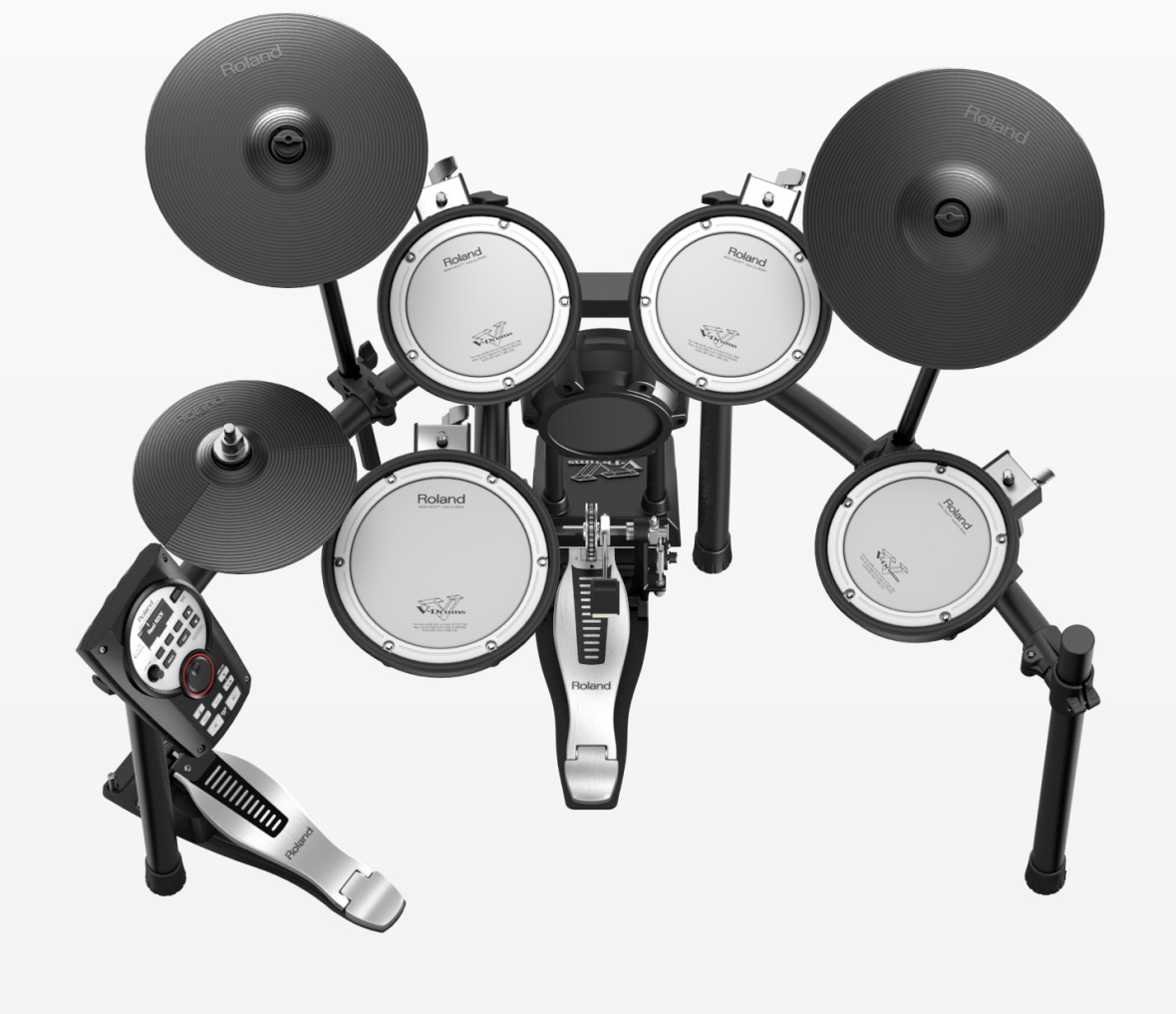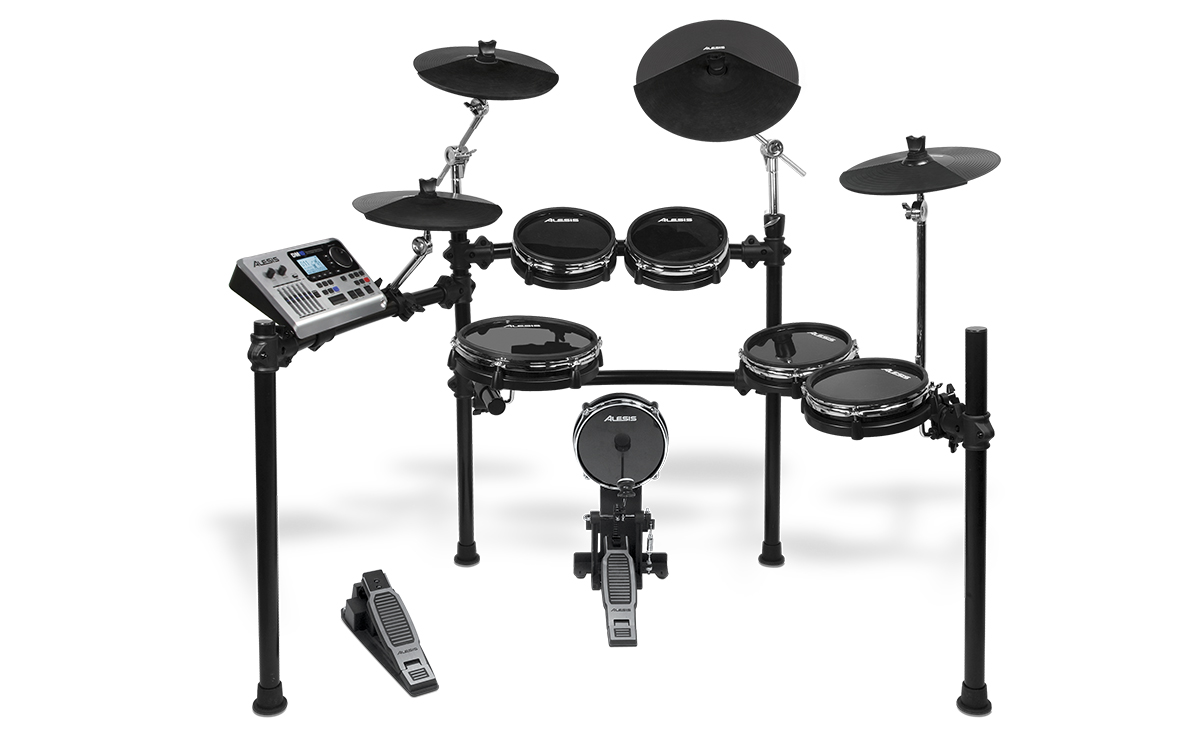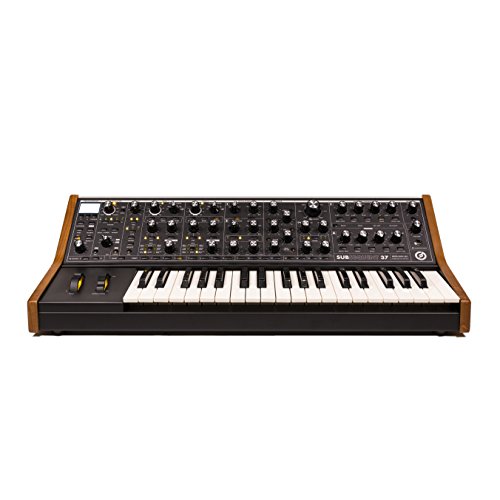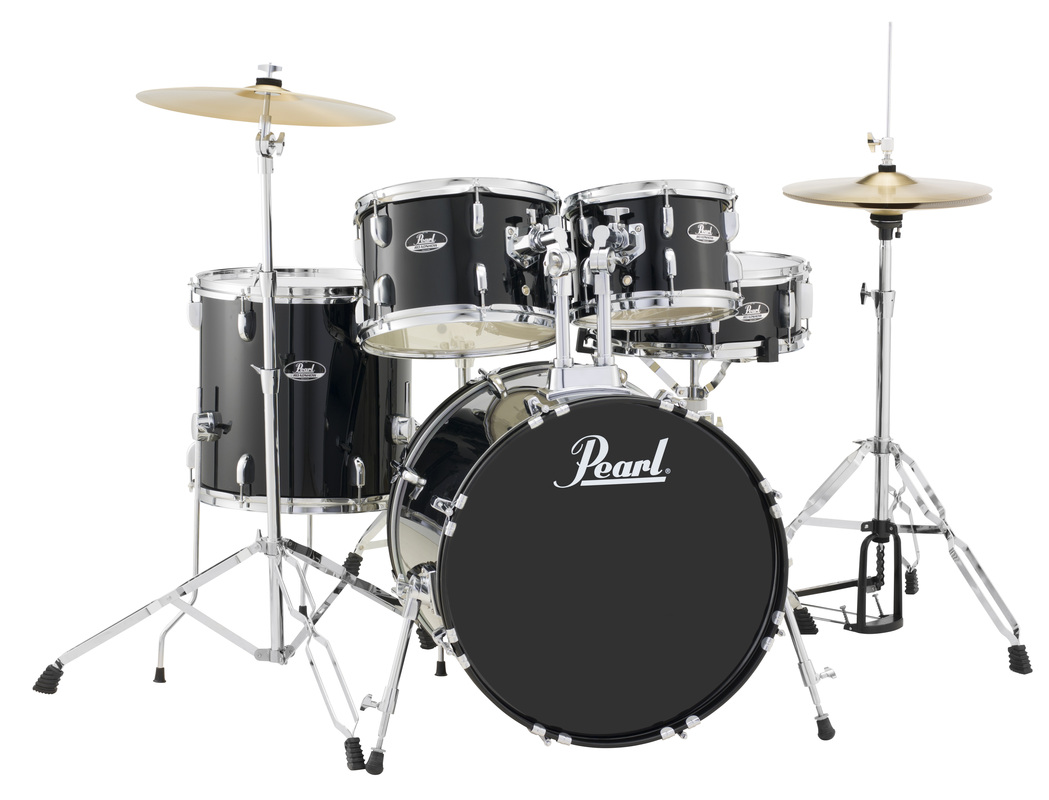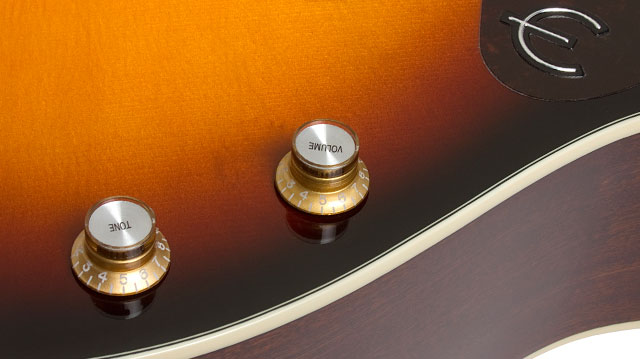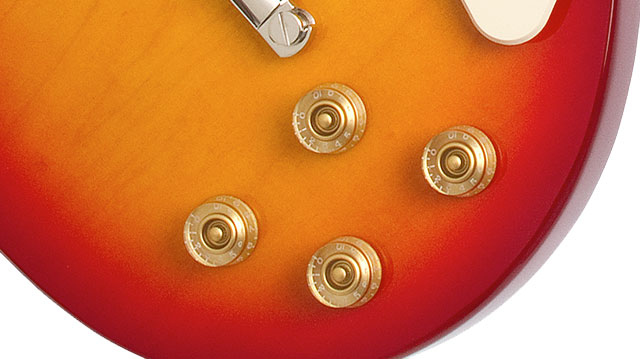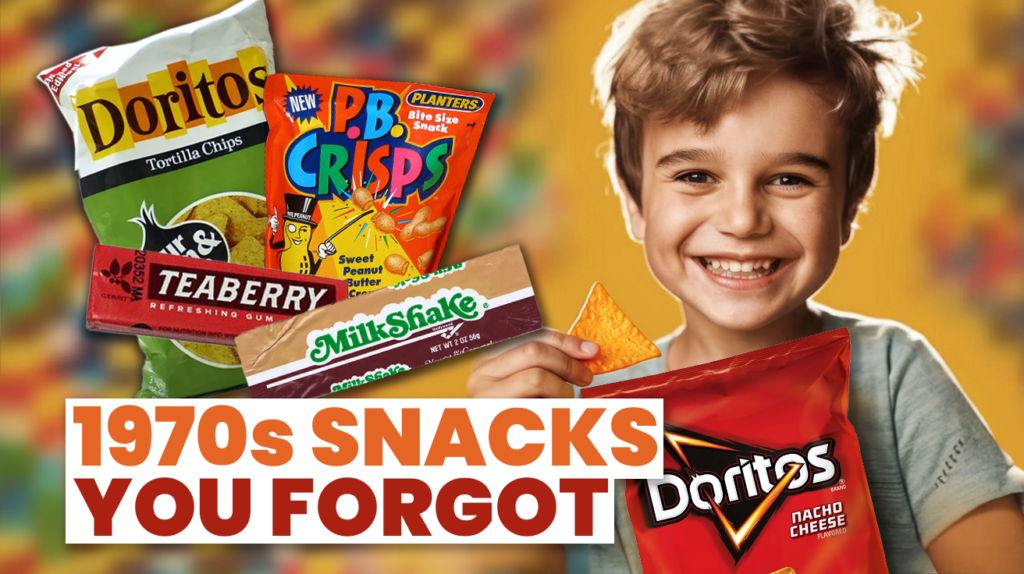
The summer of 1975 shattered everything we knew about bubble gum flavor. Beechnut’s Gator Gum didn’t just double the taste duration – it tripled it. Their citrus formula kept delivering for 45 minutes, leaving traditional gums in the dust. Florida schoolchildren started collecting the 15-cent wrappers featuring the playful alligator mascot. Regional sales exploded past every projection, forcing Woolworth’s to speed up their nationwide rollout.
A new era of long-lasting flavor had arrived. While Gator Gum rewrote the rules of bubble gum, it wasn’t alone in pushing the boundaries of 1970s snack innovation. Join us as we revisit 19 revolutionary treats that time almost forgot.
19. Gator Gum
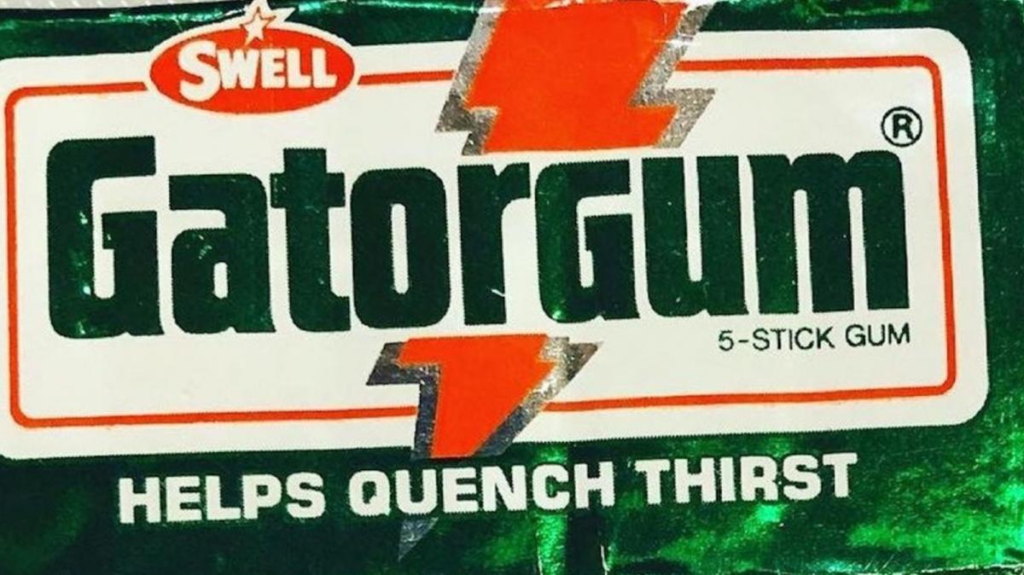
The summer of 1975 brought a remarkable breakthrough in gum longevity. Beechnut’s Gator Gum defied industry standards with its citrus flavors lasting 45 minutes – nearly triple the duration of standard gums. A playful alligator mascot adorned the 15-cent wrappers, sparking a collection trend among schoolchildren. Regional sales in Florida surpassed all projections, leading to nationwide distribution through Woolworth’s store network.
18. Doritos Sour Cream and Onion
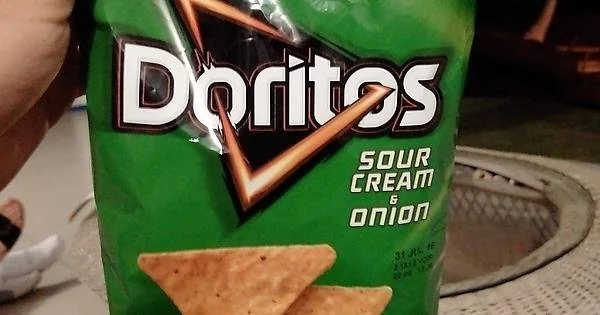
Snack aisles transformed in 1974 when Frito-Lay unveiled their bold experiment in chip flavoring. Initial test markets in California revealed an 87% approval rating among regular chip consumers. The distinctive green packaging stood out in vending machines across 12,000 high school cafeterias. Parent company PepsiCo documented the flavor’s success in their annual report, noting its influence on future snack development.
17. Marathon Bar
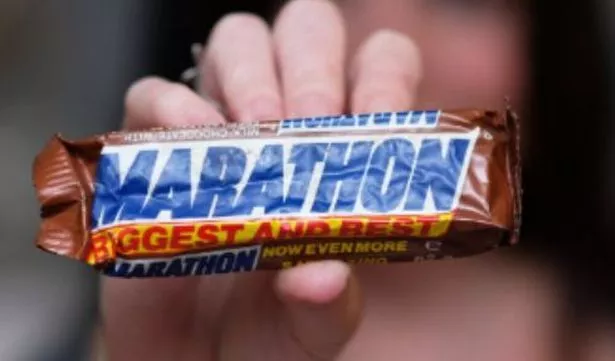
Television viewers in 1973 witnessed the debut of Mars’ longest-lasting candy innovation. The eight-inch chocolate-covered caramel braid came with a built-in ruler that turned snacking into a measuring contest. Market research showed children spent an average of 7.5 minutes consuming each bar. Corner stores reported selling out their 25-cent Marathon Bars within hours of restocking.
16. Danone Star Wars Yogurts

The summer blockbuster of 1977 spawned an unlikely dairy industry revolution. Danone’s Star Wars yogurt cups featured 24 different character stickers, transforming school cafeterias into trading floors. Each cup contained 4 ounces of space-themed flavored yogurt. Elementary schools in California reported a 300% increase in yogurt consumption during lunch periods. Still curious about food in the 1970s? Here are 20 iconic foods only those who grew up in the 1970s will remember.
15. Quisps
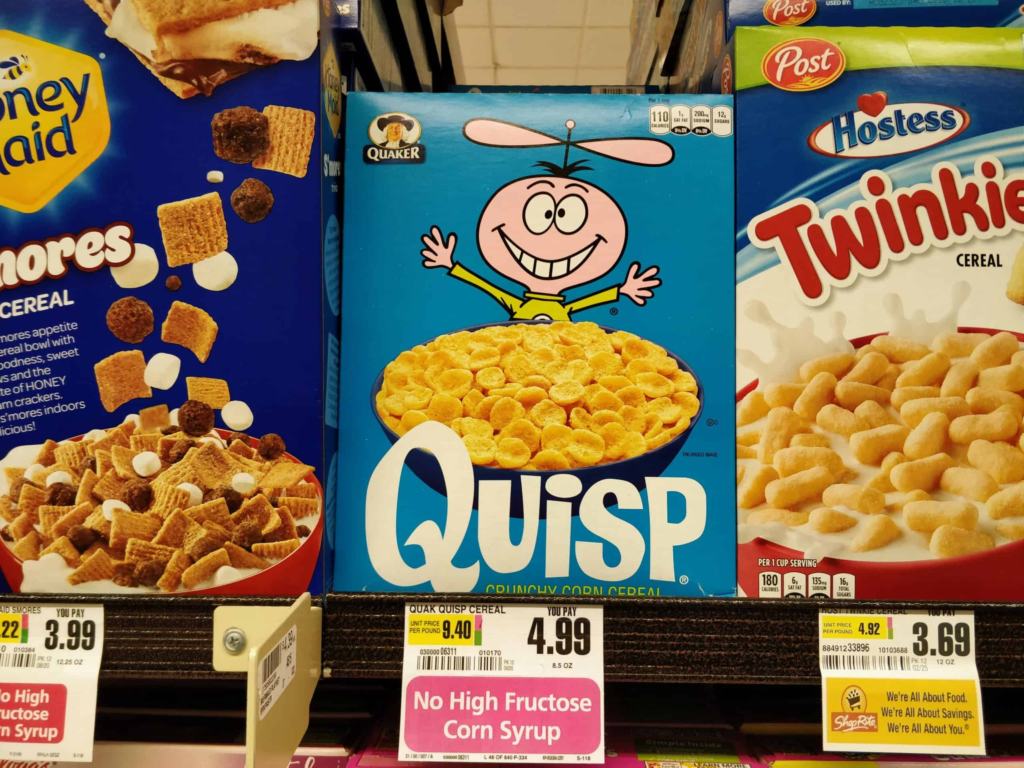
Breakfast television changed forever when Quaker’s alien mascot rocketed onto screens in 1965. The flying saucer-shaped cereal pieces contained 40% less sugar than leading competitors while maintaining their signature crunch. Saturday morning cartoon watchers consumed 2.5 million boxes monthly during peak popularity. Amateur astronomers clubs adopted the cereal as their official snack during meteor shower viewings.
14. Summit
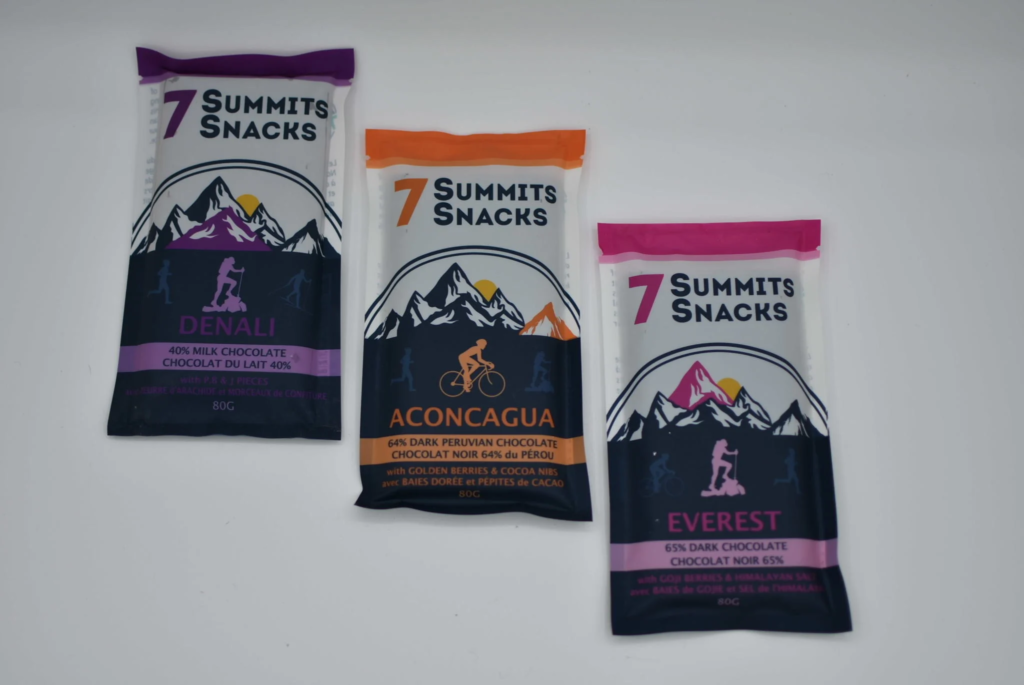
Candy aisles underwent a quiet revolution when Summit bars appeared in 1973, challenging the dominance of established chocolate-wafer combinations. While other bars focused on pure chocolate appeal, Summit’s six delicate wafer layers created a distinctive textural experience. The red and gold foil wrapper made the 15-cent treat stand out among its competitors. Summit’s increasing popularity prompted Hershey to accelerate development of their Kit Kat launch strategy.
13. Koogle Peanut Spread
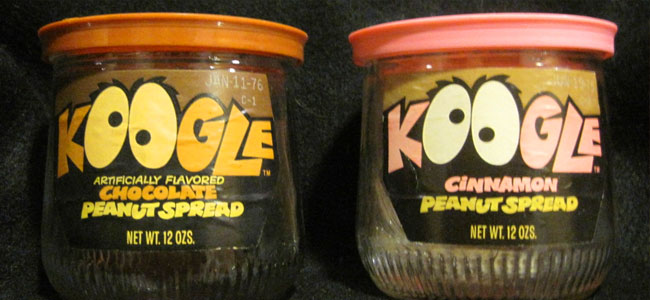
In 1971, Kraft Foods recognized that children found traditional peanut butter boring. Their solution – Koogle spread – came in four playful flavors that parents still deemed nutritious. Television audiences welcomed the Koogle puppet into their homes during popular shows like The Brady Bunch. The spread captured 20% of the flavored peanut butter market within six months. Competing brands scrambled to develop their own flavored varieties, but none matched Koogle’s precise balance of novelty and familiarity.
12. Reggie Bar
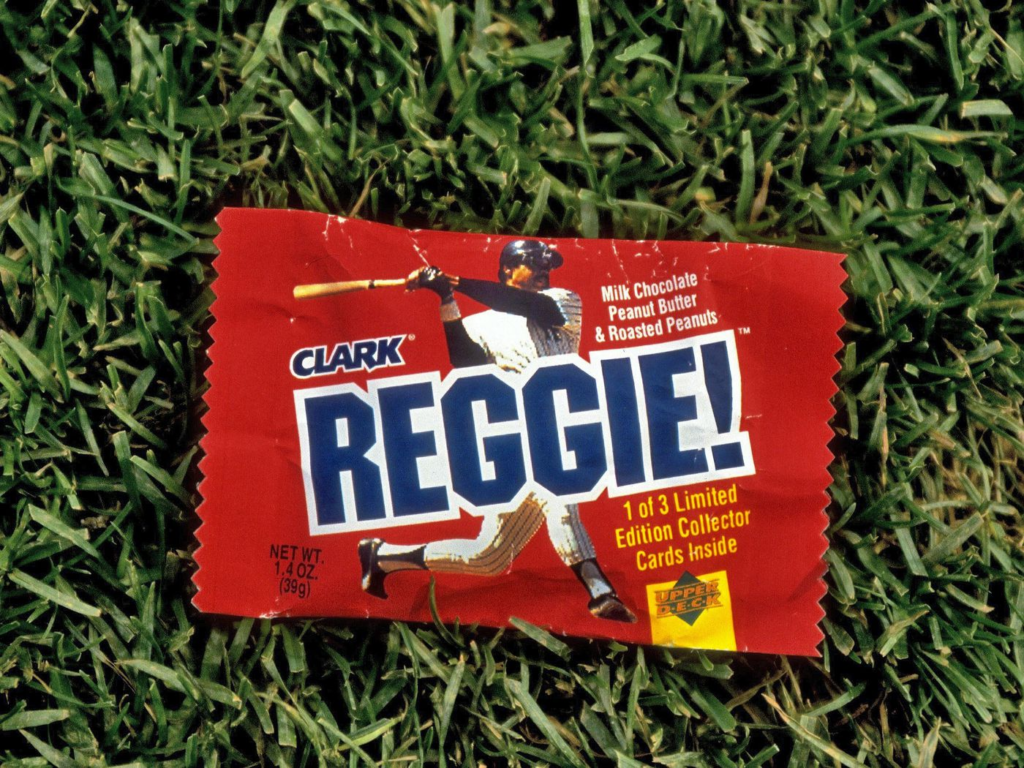
As Reggie Jackson’s star rose in 1976, Standard Brands seized a unique merchandising opportunity. The circular format broke from traditional candy bar shapes, while peanuts and caramel honored classic American flavors. Yankee Stadium’s opening day saw 72,000 Reggie Bars sail onto the field after Jackson’s home run. This spontaneous celebration established a new intersection between sports marketing and confectionery innovation.
11. Freakies
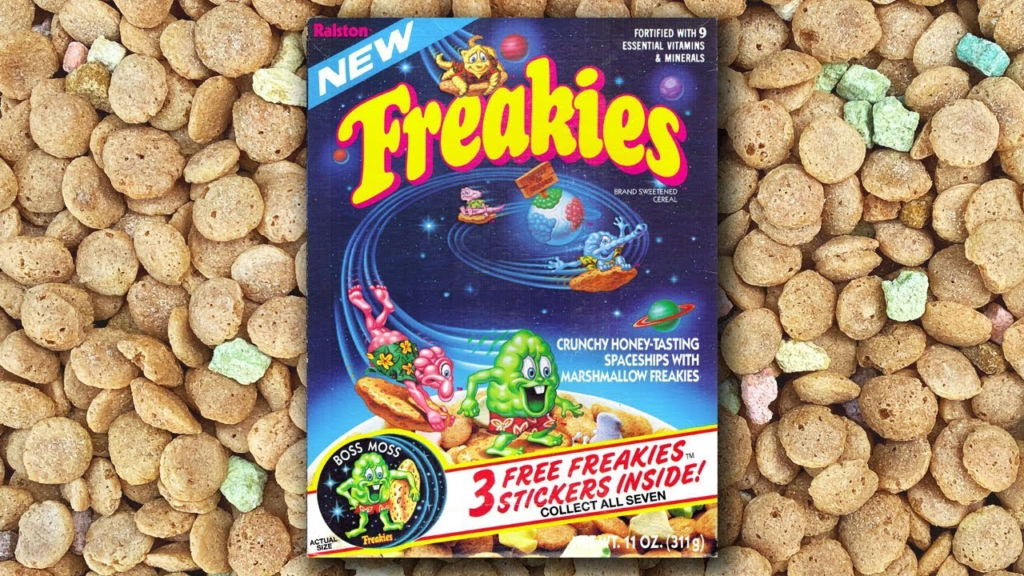
Ralston’s 1972 cereal launch transformed breakfast marketing with its immersive character-driven approach. Seven monster mascots brought personality to each box, while the cinnamon-sugar coating satisfied growing demands for flavored cereals. Children spent an average of 12 minutes reading box stories during breakfast. The Freakies Tree mythology inspired the first cereal-based trading card game, setting a template for future breakfast entertainment.
10. Hubba Bubba
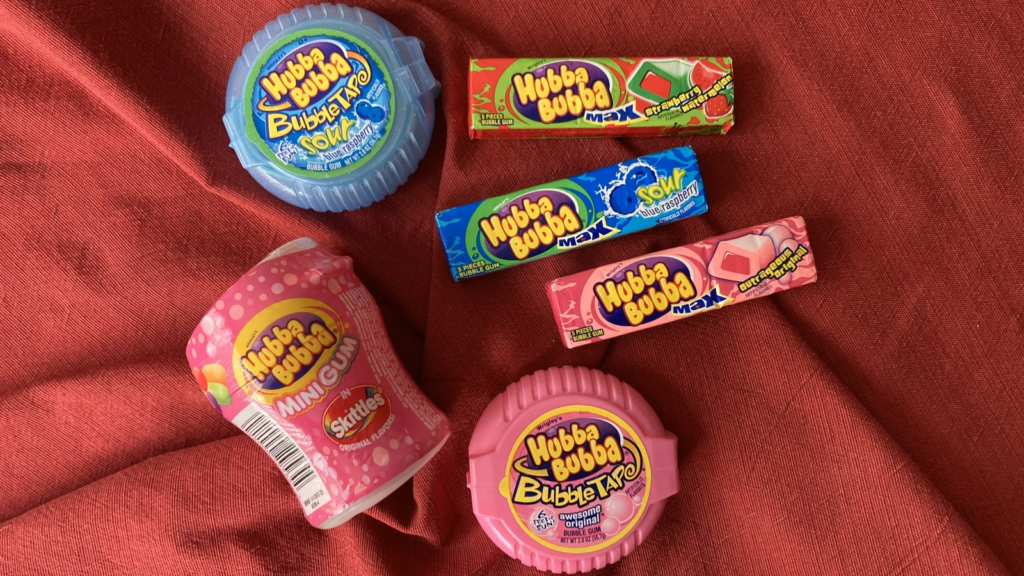
Wrigley’s tackled bubble gum’s stickiness problem in 1979 after extensive consumer research. Their less-sticky formula required developing an entirely new manufacturing process that took three years to perfect. Initial tests in five states revealed that children could blow 40% larger bubbles without mess. Local dentists began recommending Hubba Bubba over traditional gums, citing its reduced tendency to stick to dental work.
9. Kellogg’s Danish Go-Rounds
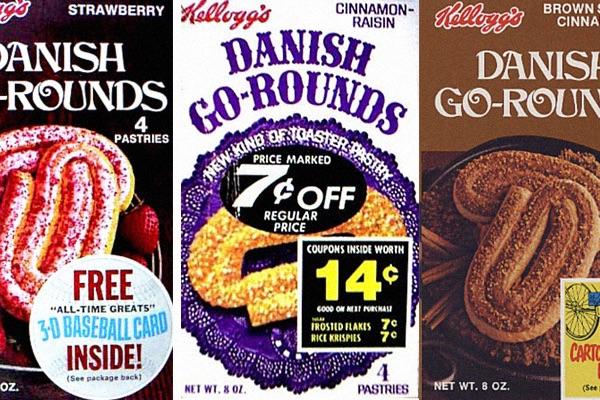
Morning routines changed when Kellogg’s introduced Danish Go-Rounds in 1976 as their answer to the portable breakfast trend. The circular pastries featured three layers of flaky dough surrounding fruit filling, marking a departure from rectangular toaster products. Each box contained six individually wrapped pastries at a price point of 89 cents. School cafeterias reported that Danish Go-Rounds became the most traded breakfast item, surpassing even popular sandwich components.
8. Shake A Pudding

Remember when making pudding felt like conducting a science experiment? General Foods captured this excitement in 1974 with Shake A Pudding. The innovative package came with a specialized container that turned anyone into a dessert wizard – just add milk and shake for 60 seconds. You didn’t need your mom’s help with this one; even a seven-year-old could master the technique. Market research revealed that 85% of children successfully made their pudding without creating kitchen chaos, leading one school cafeteria supervisor to declare it “the cleanest mess kids ever made.”
7. Jello 1-2-3
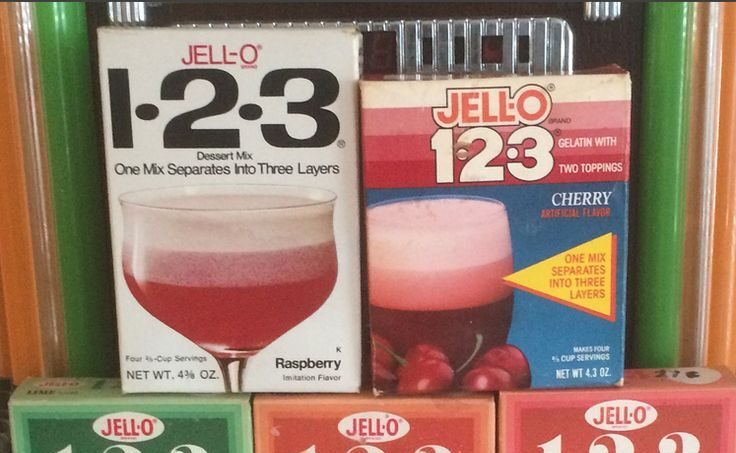
General Foods brought magic to dessert time in 1969 with a mix that separated into three distinct layers. If you think making regular Jello was fun, this triple-decker treat turned your refrigerator into a laboratory of wonder. Scientists spent 18 months perfecting the separation process that created clear, creamy, and mousse-like layers. The product became so popular that dinner party hosts would time their gatherings around the 4-hour setting period, creating an entire “Jello 1-2-3 social scene” in suburban neighborhoods.
6. PB Crisps
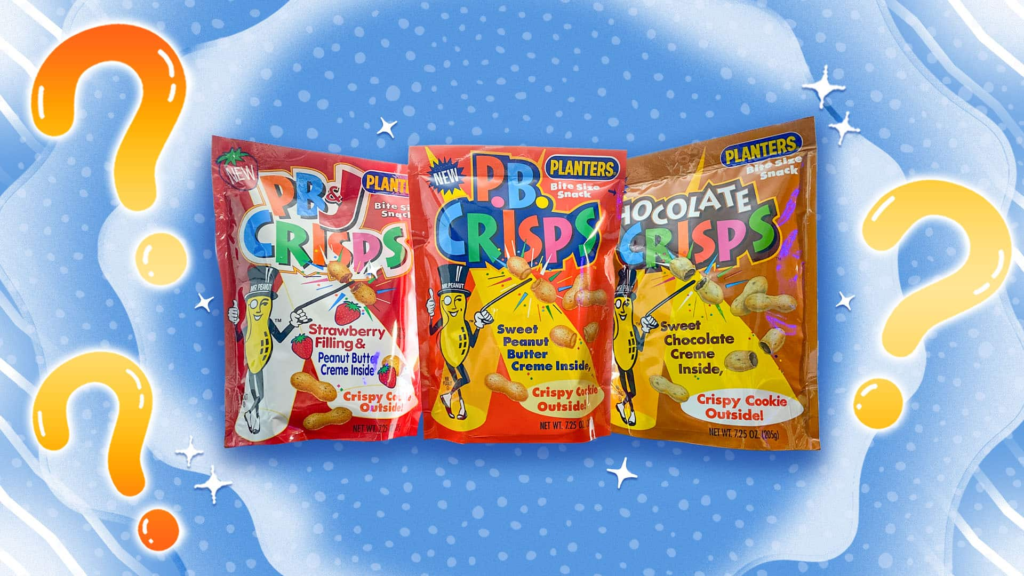
Planters broke the snack barrier in 1971 by combining the appeal of cookies with peanut butter’s protein punch. Each peanut-shaped morsel contained a crunchy shell protecting a creamy center that disappeared far too quickly from your snack stash. The 2.5 grams of protein per serving helped parents justify the treats. Local grocers couldn’t keep them in stock after school hours, with one Philadelphia shop owner noting, “These aren’t just selling – they’re evaporating.”
5. Teaberry Shuffle Gum
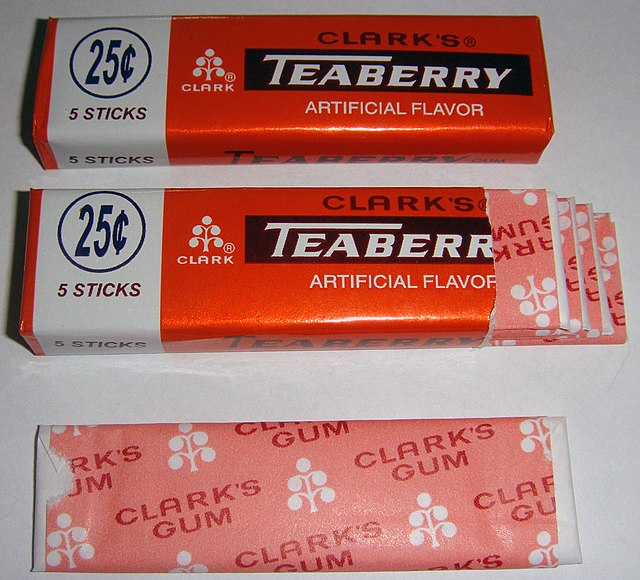
If you couldn’t do the Teaberry Shuffle in 1972, you weren’t paying attention to television. Clark’s wintergreen-mint gum creation spawned a dance craze that swept through junior high schools nationwide. The natural teaberry extract offered a sophisticated alternative to typical bubble gums. Television networks aired the iconic commercial 3,000 times during prime-time slots. Even teachers found themselves humming the Teaberry Shuffle tune during math class.
4. Milkshake Bars
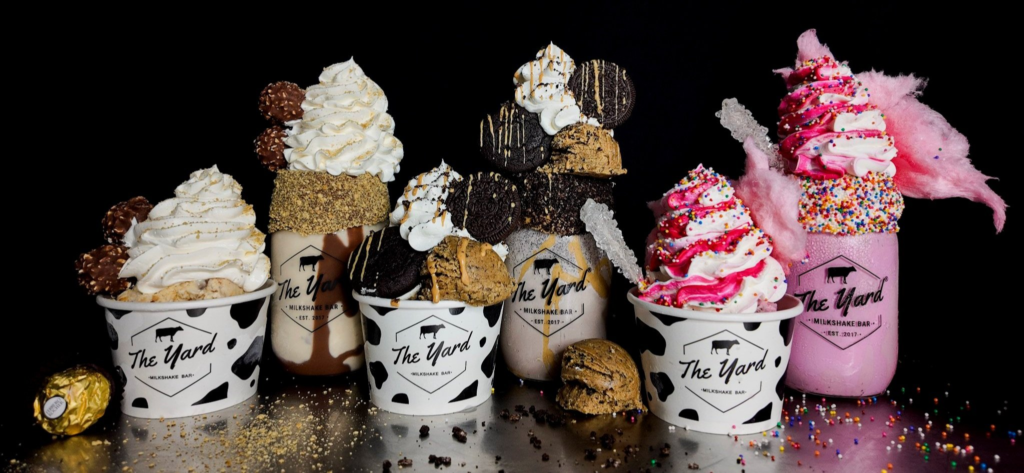
M&M/Mars solved summer’s greatest challenge in 1973 by putting milkshake flavors on a stick. These frozen treats maintained their shape in the summer heat thanks to a specially formulated chocolate shell. Each bar stayed fresh for up to six months, though you’d be hard-pressed to resist them that long. Ice cream truck drivers reported that the distinctive wrapper color made kids run faster than the traditional music.
3. Wacky Wafers
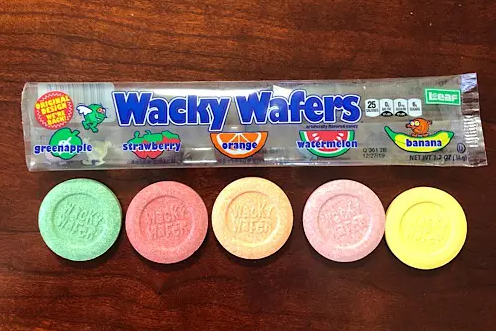
If you thought regular candy was fun, Beech-Nut’s 1974 release of Wacky Wafers changed the entire playground trading economy. Each roll contained five perfectly calibrated flavors that kids quickly learned to separate with surgical precision. The thin discs proved so popular that 40% of corner stores reported selling out before the afternoon school rush. Even teachers confiscated these more than any other candy, with one principal noting, “I could wallpaper my office with empty Wacky Wafers wrappers.” Curious about what else shaped the 1970s? Here are 45 things that defined childhood in the 1970s.
2. Fortune Bubble Gum Sticks
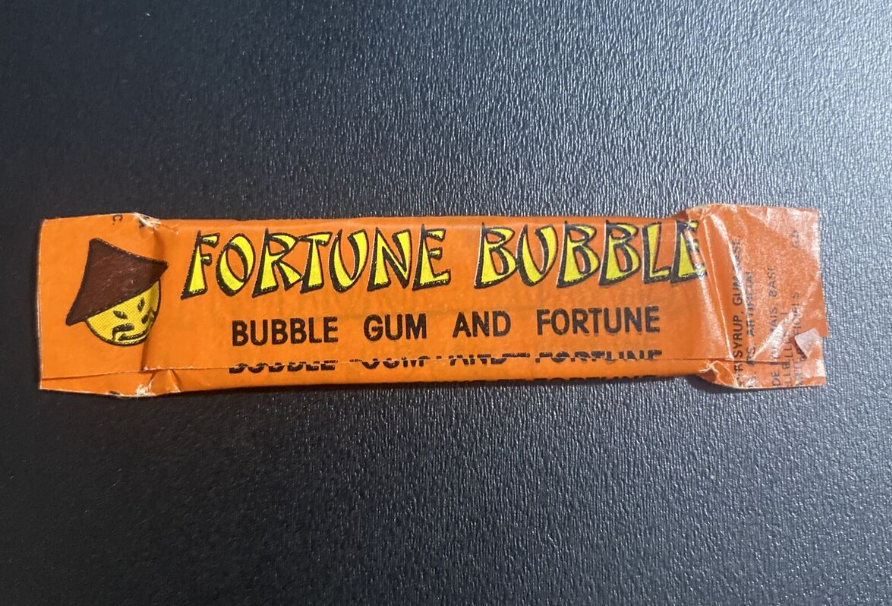
American Candy Company turned penny candy into entertainment in 1975 by wrapping bubble gum in fortunes. If you saved your lunch money all week, you could score a handful of these prophetic treats for just five cents. Each piece featured one of 200 different fortunes, making classroom trading sessions more exciting than the actual gum. Local shop owners reported that kids would spend upwards of 15 minutes selecting their fortunes, creating lines that stretched past the comic book rack.
1. Space Food Sticks
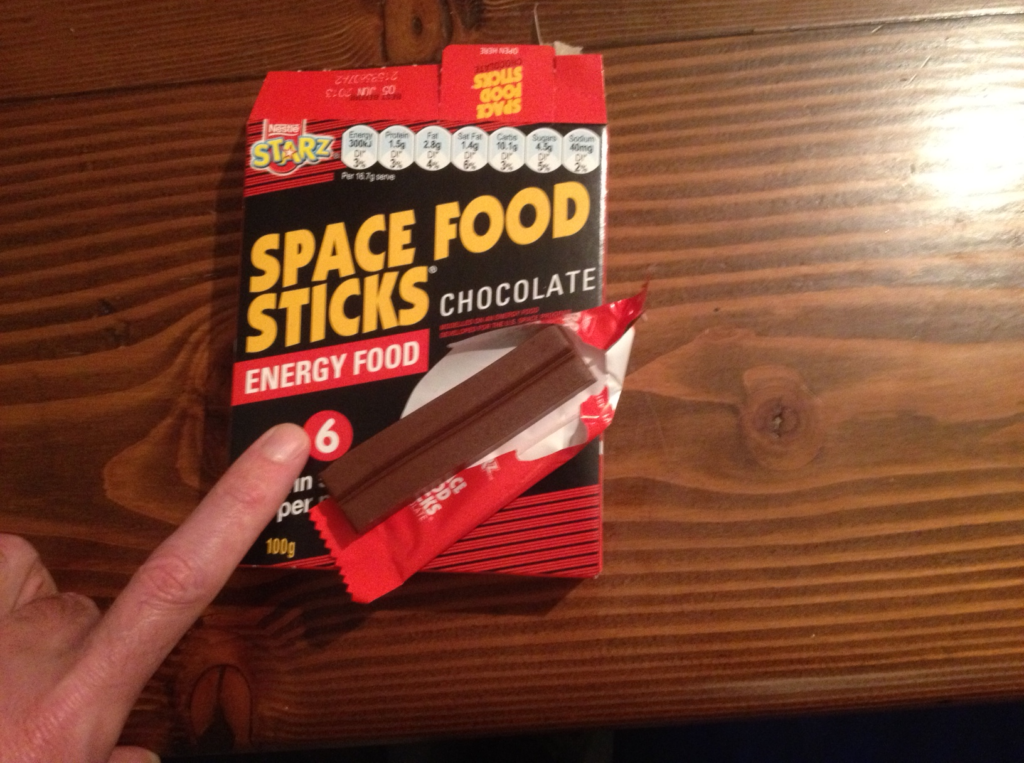
Just when you thought snacking couldn’t get any cooler, Pillsbury partnered with NASA in 1969 to bring space-age nutrition to Earth. These chewy protein bars captured the imagination of every kid who dreamed of becoming an astronaut. Each stick packed eight essential vitamins and four minerals into a form that wouldn’t float away in zero gravity. The ultimate lunch box status symbol wasn’t your thermos – it was having Space Food Sticks that made everyone believe you might actually be in astronaut training.






